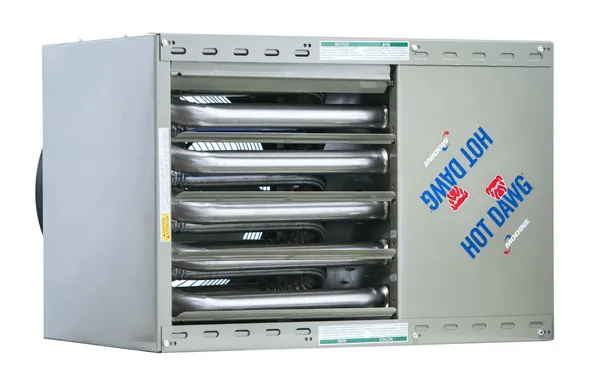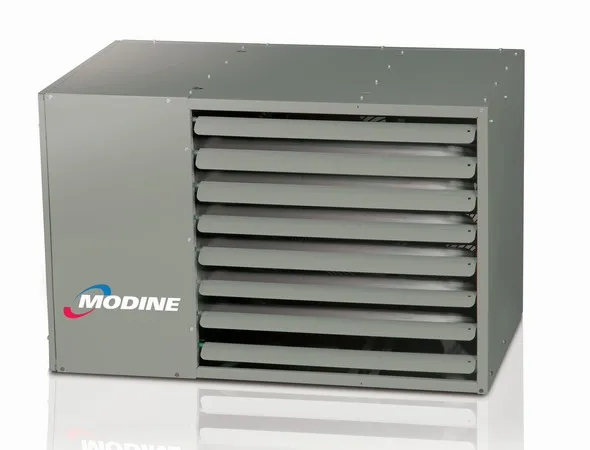As we are nearing the end of summer and greenhouses are getting prepared for the colder seasons, it’s a great time to check and prep the HVAC. “HVAC maintenance is not only important for the longevity of the equipment, but also for the safety of the people in the facility.” When it comes to heaters, Jamie Tuinstra, Product Manager at Modine Heating, explains why it is so important for growers to stay on top of their maintenance and what to look out for. “Checking and setting the gas pressure is a key aspect that some growers tend to skip.”

The maintenance
So how do you get started on inspecting your unit heater? According to Tuinstra, the first step is to visually inspect the unit. “Do you see anything out of the ordinary? It is important to check whether the unit is rusting or the vent pipe is corroding. Maybe someone hit the unit with a forklift, and it is now dented. Moreover, greenhouses are a rough environment for equipment, often leading to corrosion. If anything is corroded, address the issue. Especially the heat exchanger is critical, as it keeps the spent gases away from people and plants. Make sure it is intact and not rusted or cracked. Also, ensure that the burners that burn the fuel into the heat exchanger are in good condition.”
After the first check, it is time to get deeper into the unit and start cleaning. “After the summer, it is important to check the internals of the vent pipe. In the summer months, you can have bugs, birds, or squirrels making their way inside them. Make sure that nothing builds a nest inside, as you want the system to flow freely. When it comes to the heat exchanger and burners, make sure they are cleaned properly if necessary and are in a good operating condition.”
Once those three major components are cleaned, the next step is to check the startup of the unit. “Make sure that the thermostat is still in good function by inspecting the thermostat and wires. Turn the thermostat up to get the unit to heat and inspect whether it functions like it normally would. Once that happens, you can cool it off and shut it down again.”
Lastly, a very important element is the gas pressure. “The heating units operate on a certain gas pressure for maximum efficiency. In a greenhouse, this is critical as fuel is probably their number one expense. If that gas pressure is off, whether it is too high or too low, it will affect the operation of the unit. This will, in turn, affect the bill the grower has to pay every month. Therefore, it’s important to check and set the gas pressure to make sure that the unit is functioning to the performance that you expect. It’s a critical step that some growers tend to forget.”
Longevity and safety
There are consequences to not doing this maintenance properly and frequently, Tuinstra explains. First of all, negligence affects the longevity of the equipment. “If you are not maintaining the unit, it will fail quicker. Replacing the equipment is an expensive added cost that could have been prevented. Moreover, if not maintained and cleaned properly, your unit is not performing at its peak, and operation costs will increase.”
More importantly, there is a safety factor involved. “It’s a safety issue if there is a failure in the heat exchanger, burner, or even the vent pipe. Anything that carries the spent gases that you don’t want into the space needs to work properly. If there is a failure, it could be harmful to the people in the facility as well as the plants.”
For more information:
Modine Heating
www.modinehvac.com
